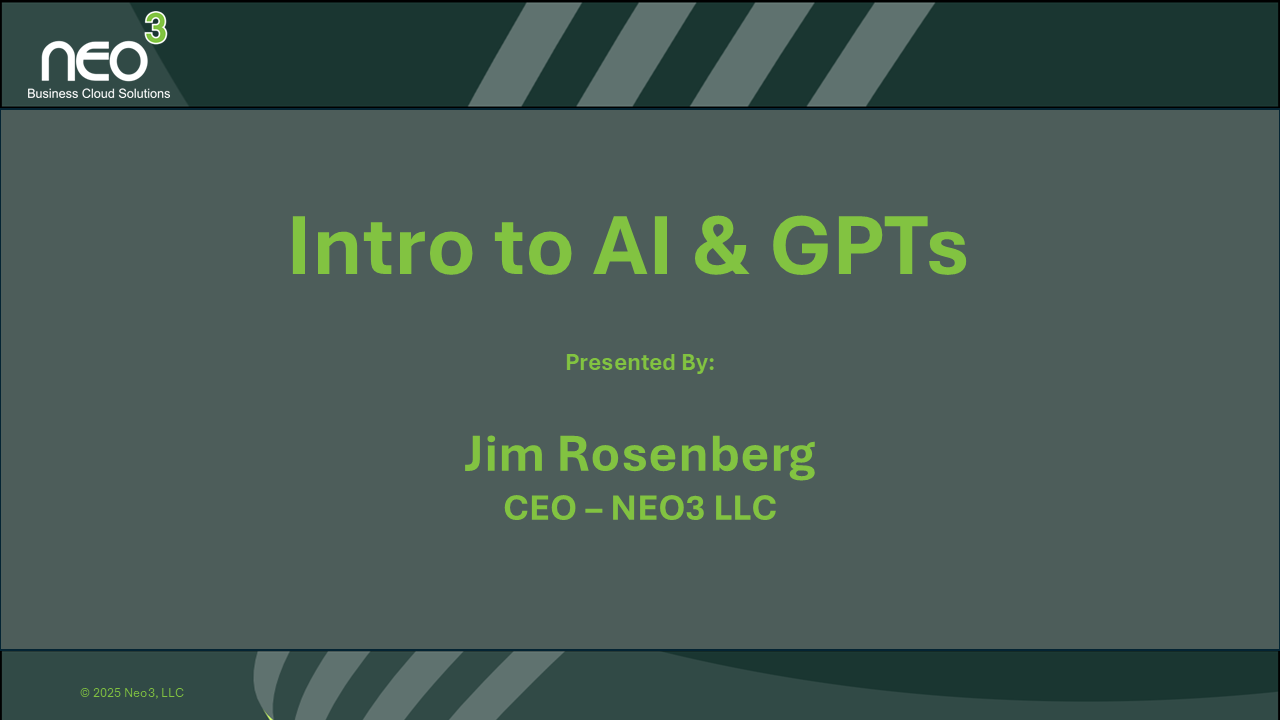When is it time to replace your inventory management system? That’s a question that wholesale distributors constantly battle with. What qualifies as a “reasonable inconvenience” as opposed to a deficiency that is holding your business back?
The reality is that basic inventory management systems often cause inefficiencies that can lead to poor customer satisfaction, lost sales and higher operational costs for wholesale distributors. When these issues become prevalent, it indicates the need for a more sophisticated solution. That’s where NetSuite comes in; but we’ll talk about that later. For now, let’s talk about some easy signs to know it’s time for something better.
Issues with Basic Inventory Management Systems
- Limited Cross-channel Inventory Tracking – Whether you’re selling goods B2B or B2C, the chances are that you’re doing so through multiple channels that pull from the same inventory pool. The challenge comes in keeping inventory numbers current and correct when orders are coming from different channels like e-commerce, phone conversations with sales departments, physical stores, etc. Without a single system, you’re relying on employees to manually update inventory levels as they fulfill orders. That’s a tall task. The more places you sell, the more pivotal this is.
- No Multi-location Inventory Tracking – Many wholesale distributors expand their inventory to more than one location, whether that’s additional stores, warehouses or third-party facilities. That poses a problem for entry-level inventory management systems, which only work when everything is in one place. Unless you have some elaborate, complex manual strategy in place, there’s no way of knowing what’s available at each location. This lack of insight can lead to an increase in order fulfillment costs, more difficulty in purchasing, and over-ordering.
- Manual Updates to Product Records – Storing product information on the most basic level is doable through an entry-level inventory management system. But can that system capture all the data you need internally? What happens if you need to know an item location by zone, aisle and bin numbers or special handling instructions? If your inventory system isn’t integrated with your e-commerce and POS systems, guess what that means – additional manual work. Updates to pricing, description or sizing will need to be redone in your systems independently and take up more valuable time and resources. Trust us, those hours add up.
- Painful Inventory Counts – It’s plain and simple – no matter how unpleasant it may be, if you don’t have a next-level unified system to track inventory, you’ll have to conduct physical inventory counts. While necessary, they consume a ton of time and often require wholesale distribution companies to shut down operations a few times a year to count everything. Physical counts aren’t just time-consuming, but they can also lead to an increased likelihood of errors.
Why Wholesale Distribution Companies Should Switch to NetSuite
If you’re experiencing any of the operational headaches listed above, it’s probably thanks to your current inventory solution. And that means it’s time for a more robust system. That means it’s time for NetSuite ERP for Wholesale Distribution.
From procurement to your product catalog to demand planning and much more, NetSuite can address all aspects of your inventory management. And it’s not just inventory management. It’s a single system that can handle other critical aspects of your business, like finance, CRM, e-commerce, HR and more.
Do you remember those issues that we talked about above? Keeping those in mind, let’s see what NetSuite can do to help solve them:
- Multi-location Inventory Tracking: NetSuite’s inventory management solution can track the movement of products across multiple facilities and channels in real time. Whether a customer purchased an item in-store or through another avenue, all changes are reflected in NetSuite. This prevents overselling and ensures fast and accurate fulfillment of customer orders.
- Single System of Record: The item master in NetSuite gives you one place to manage all product information, including price, details, pictures or any other attributes you may be tracking. This ensures consistent messaging, pricing and availability across channels. By the way, this also makes for easier and more comprehensive reporting.
- Simplified Demand Planning: NetSuite’s tracking capabilities help wholesale distribution businesses strike the right inventory balance. It looks at just about everything you need, including historical sales, seasonality, open opportunities and forecasted sales to calculate when you should place orders, for what items and in what quantities.
If we were to talk about all the benefits and advantages of NetSuite, we’d be here all day. But here’s what you need to think about: Inventory is typically one of the largest expenses for wholesale distribution companies. Isn’t it time to give it the attention it deserves?
A capable inventory management system is a worthwhile investment. It’s an investment in your efficiency, your costs and your productivity. So, the sooner you make the move, the sooner you can realize the benefits.





















